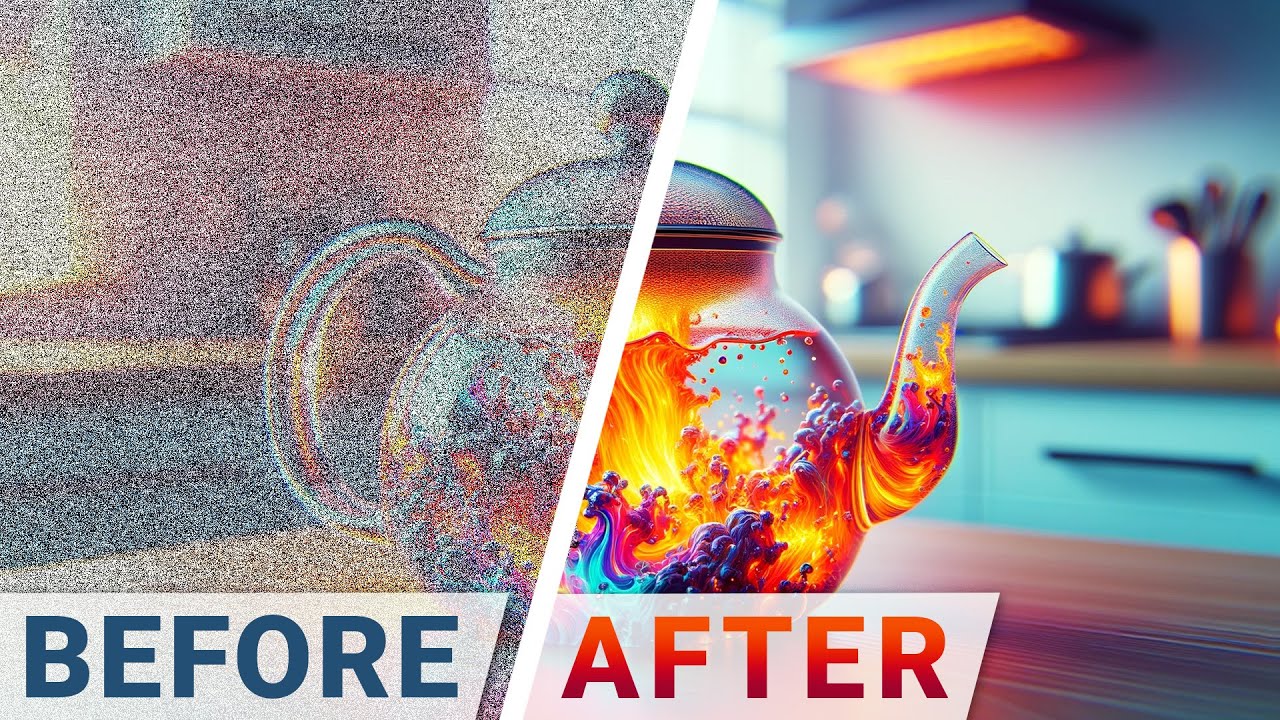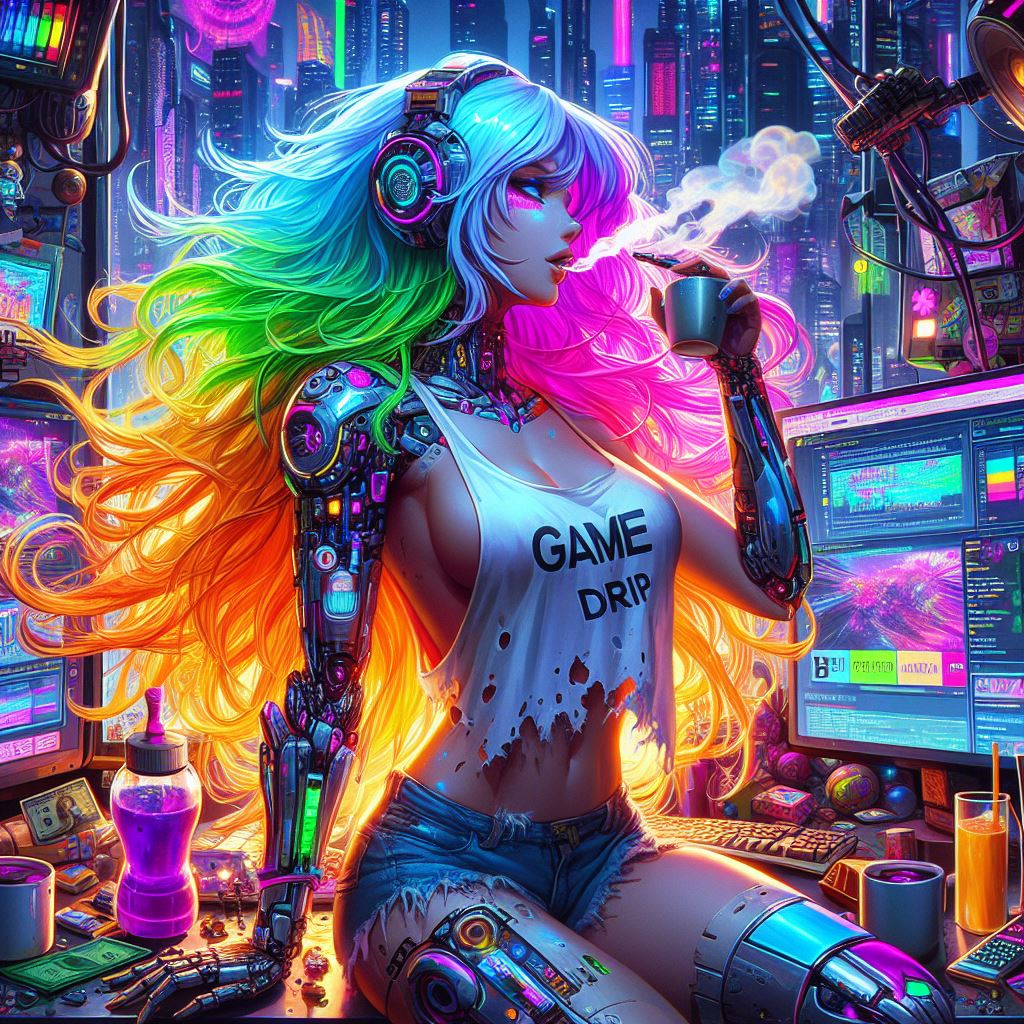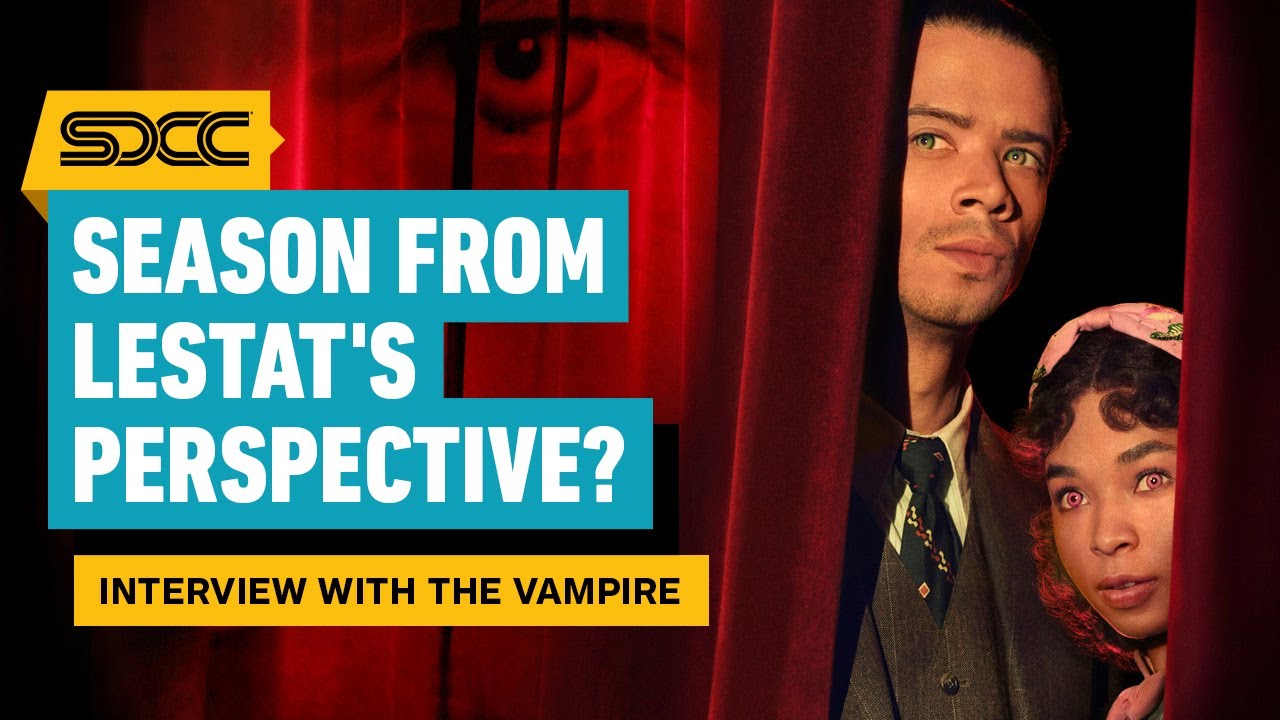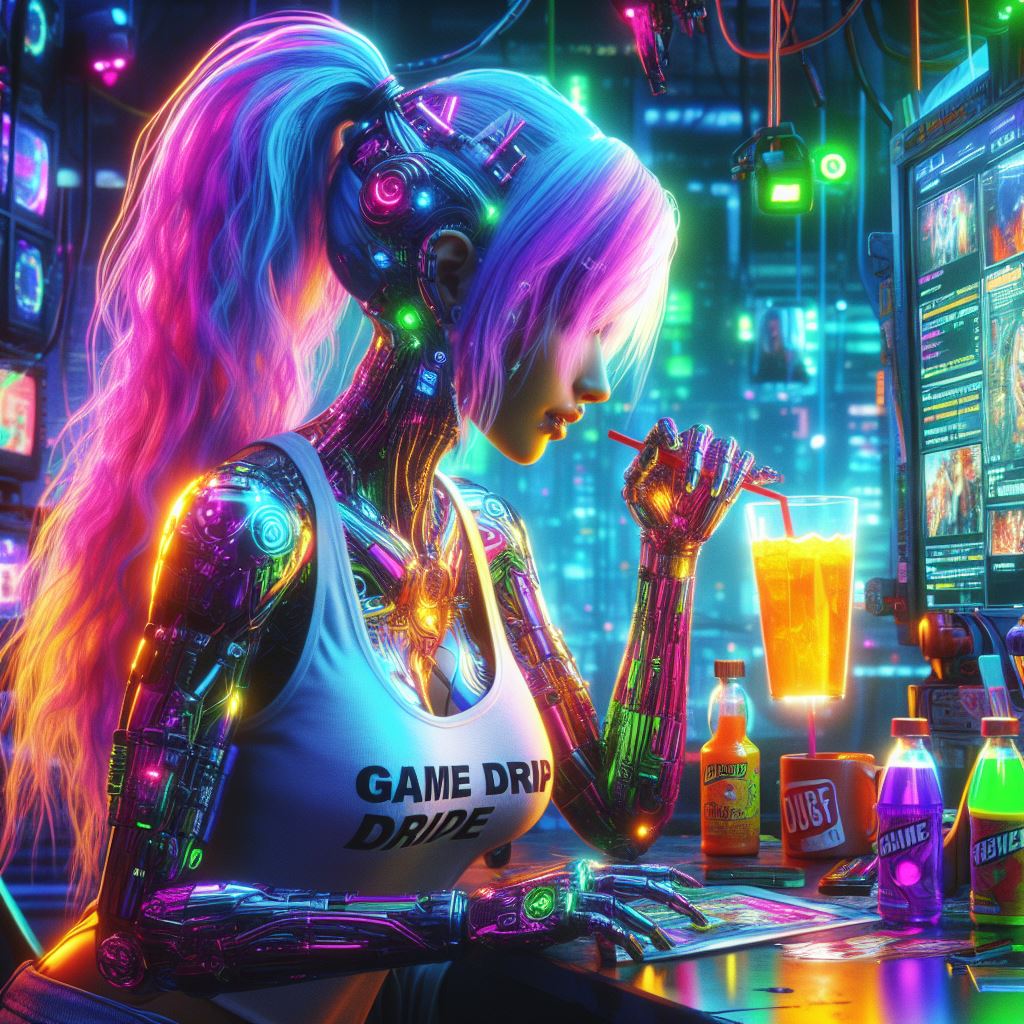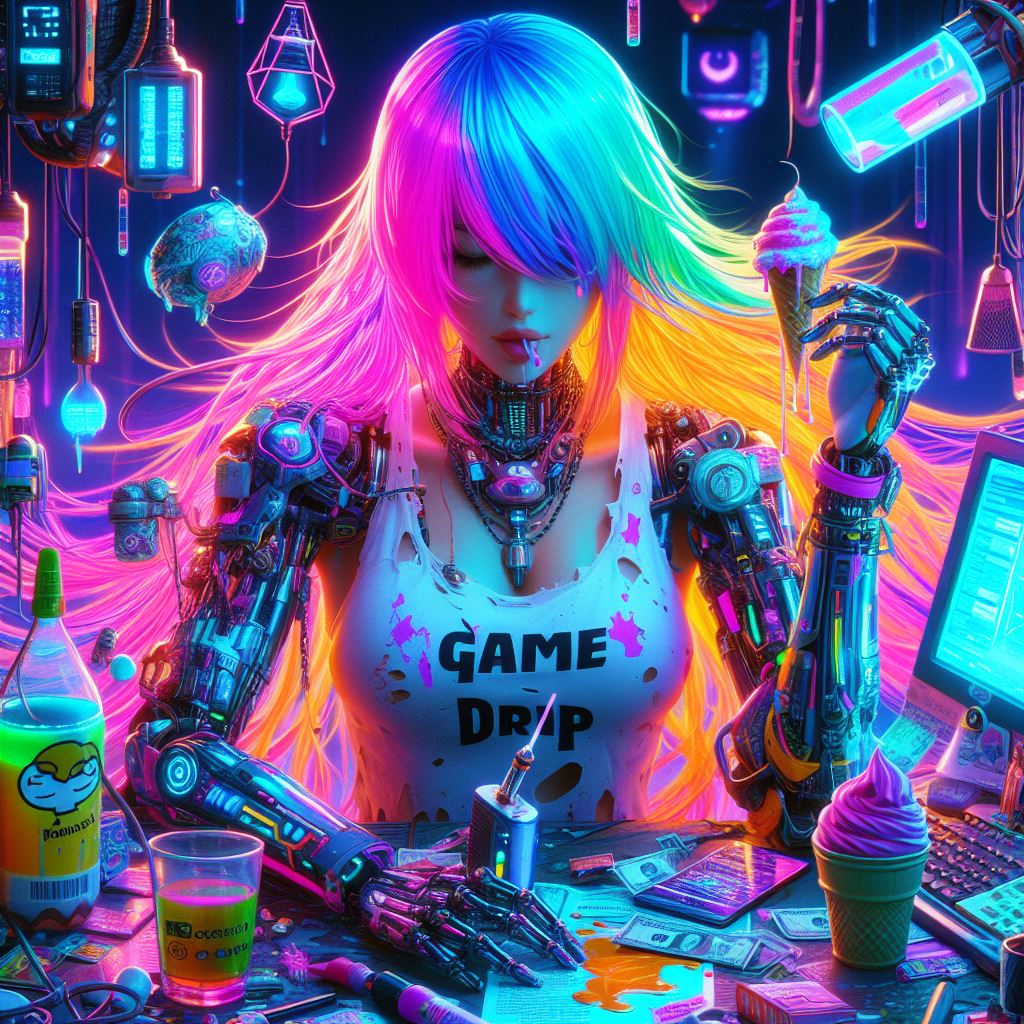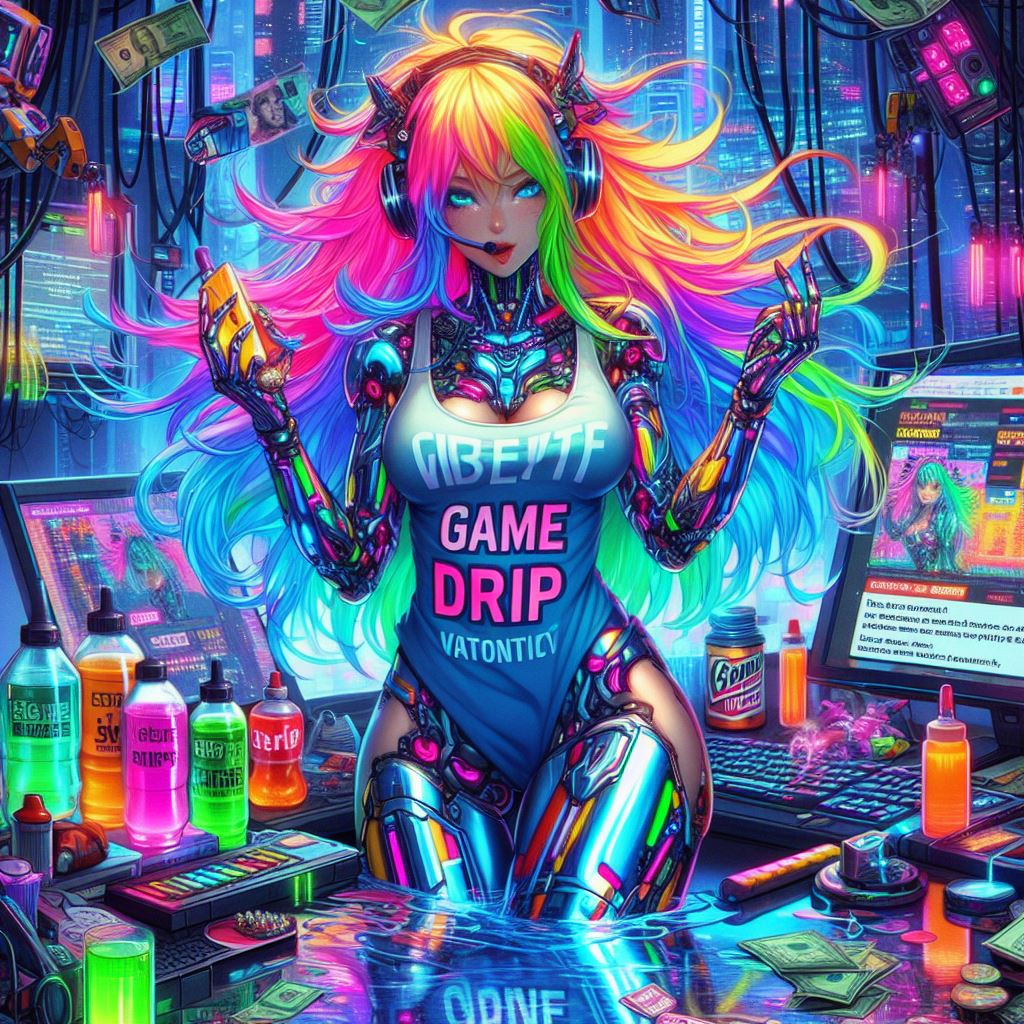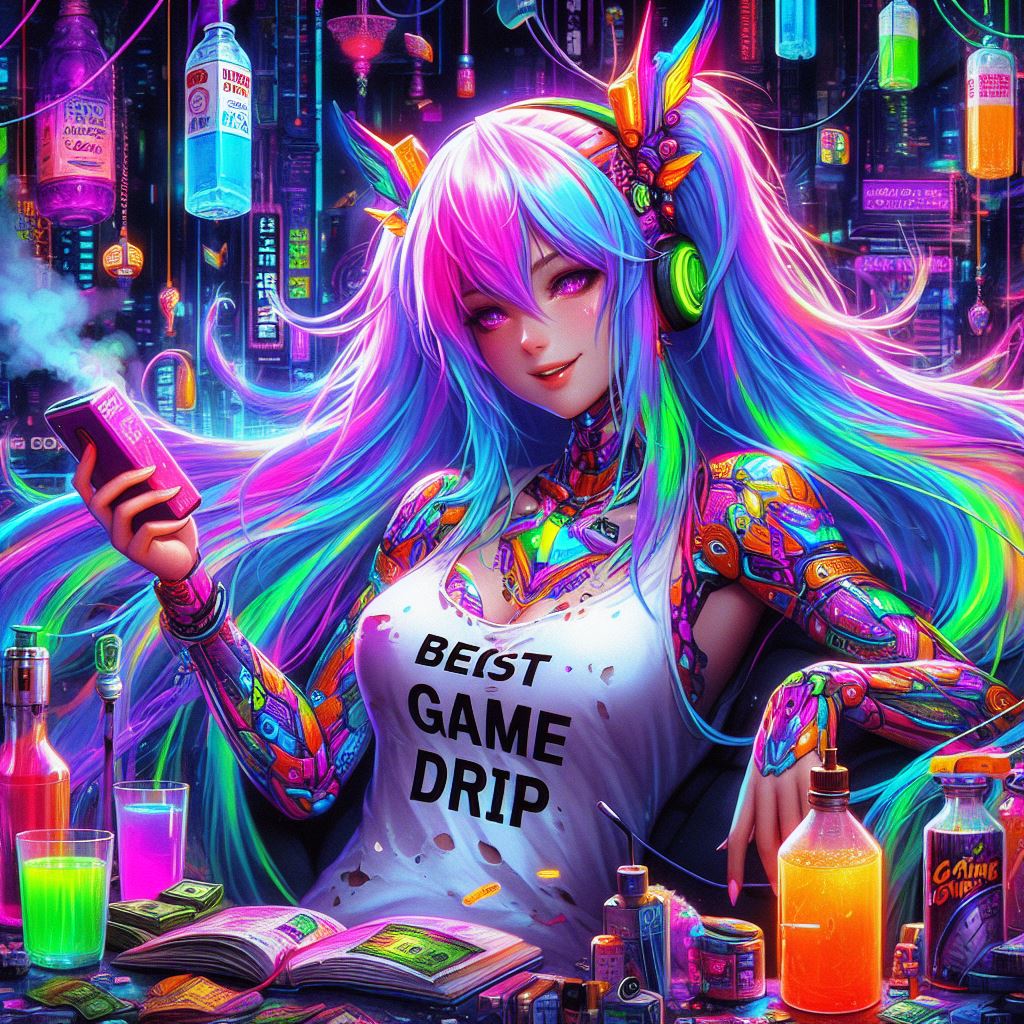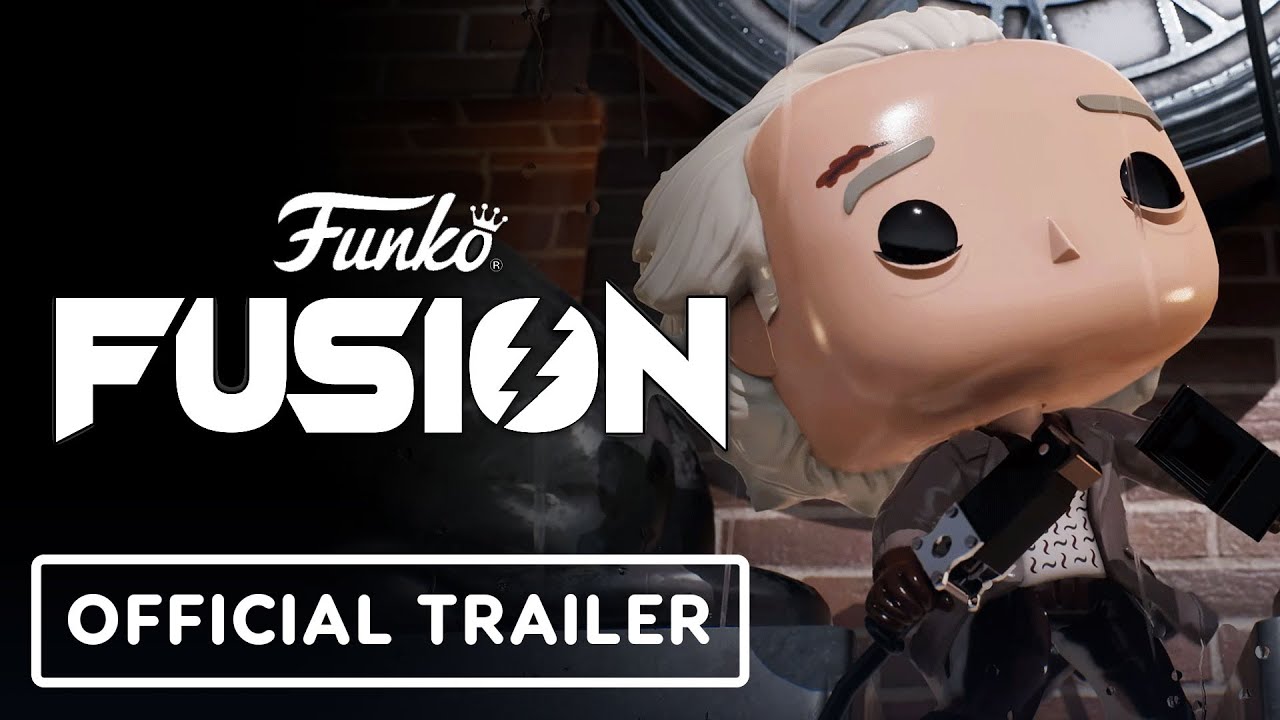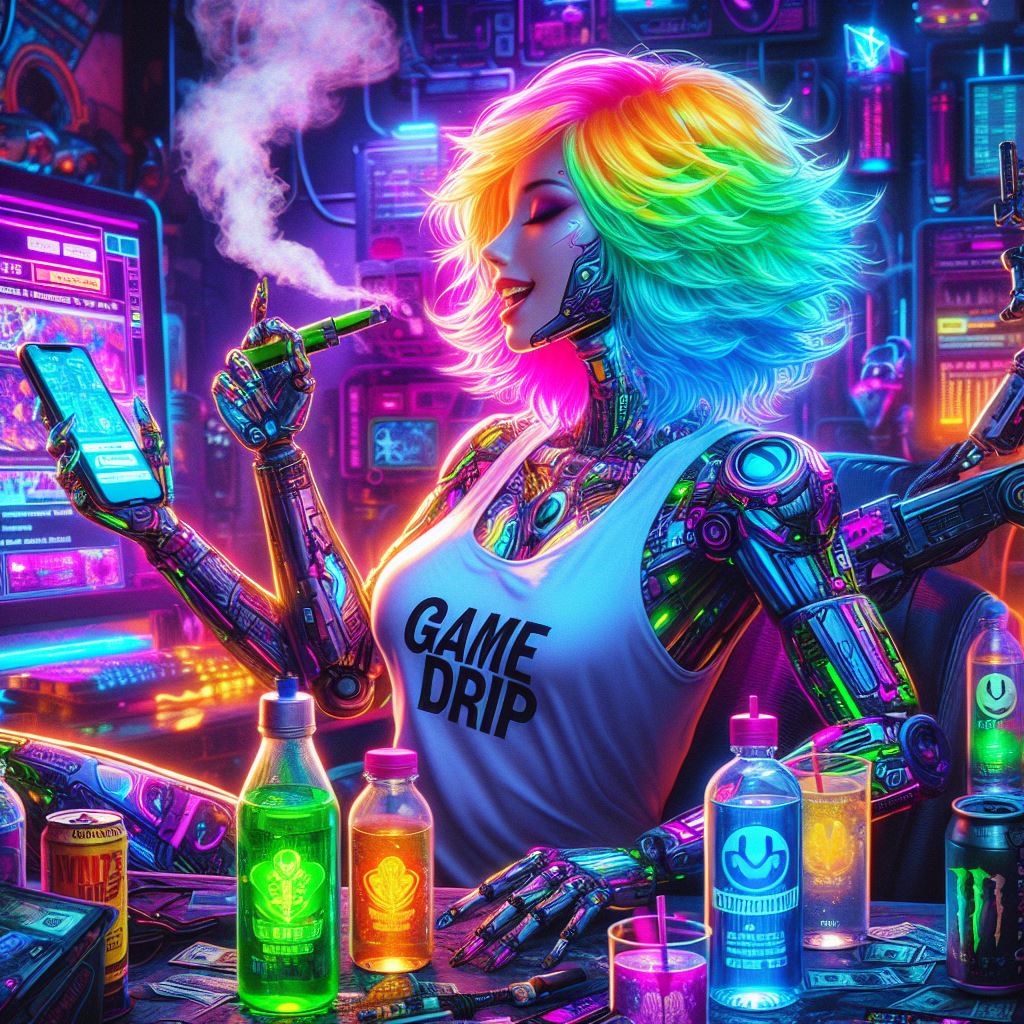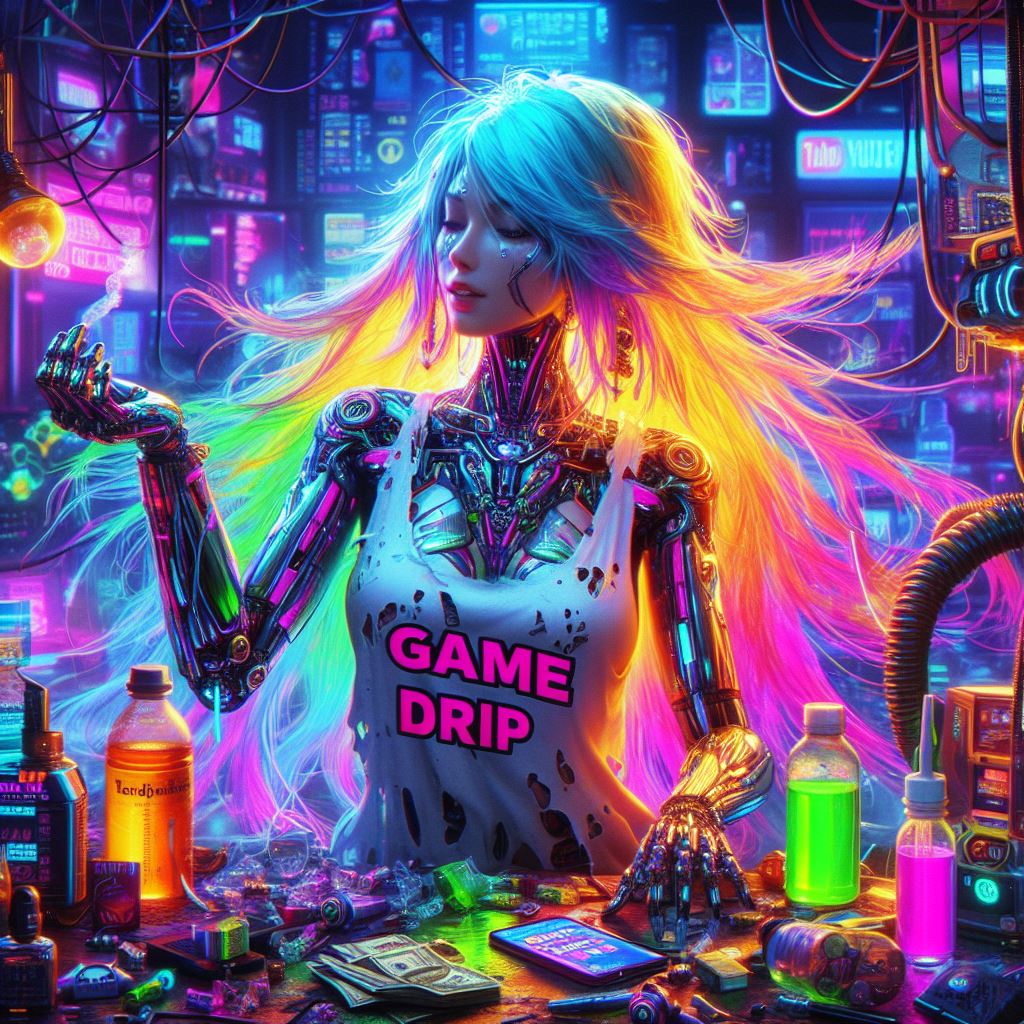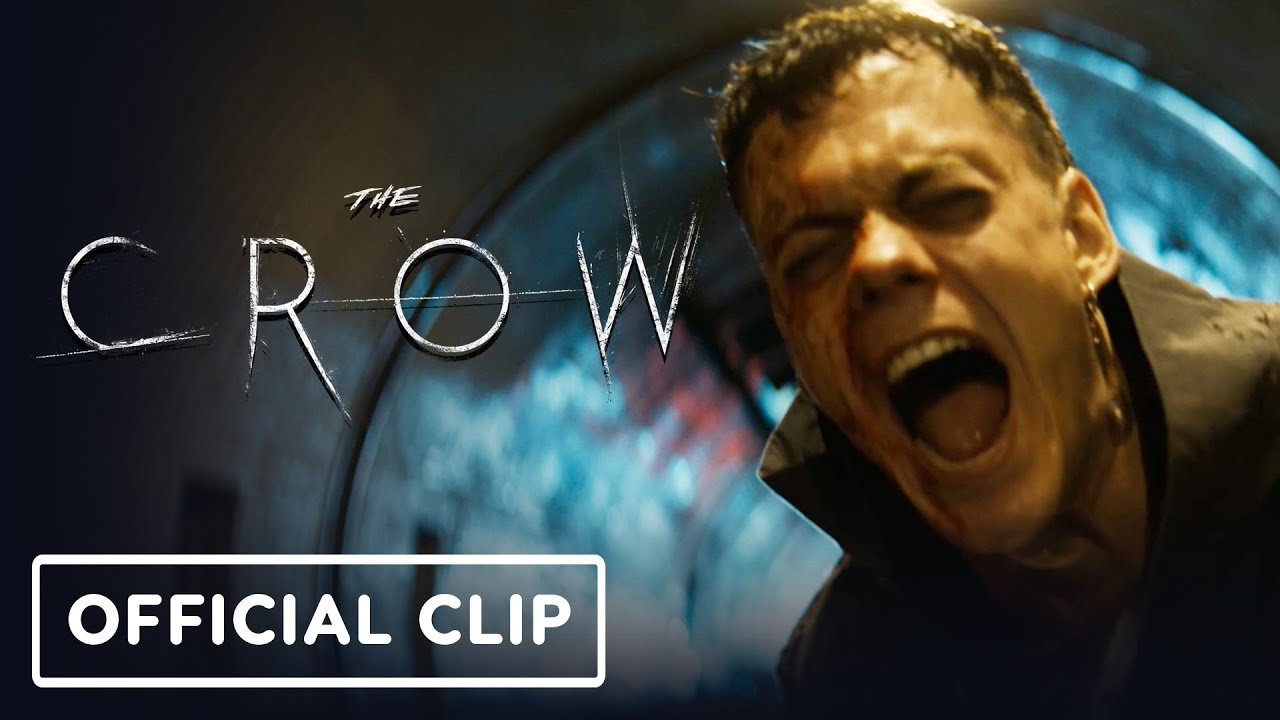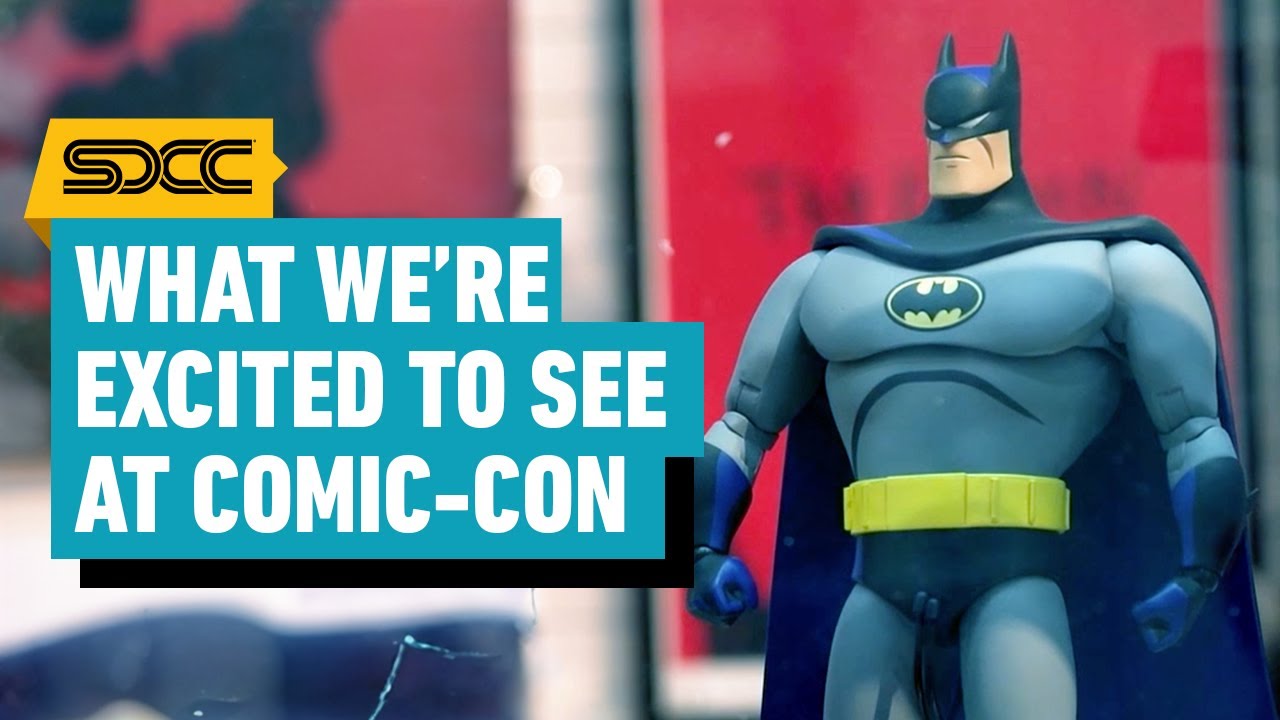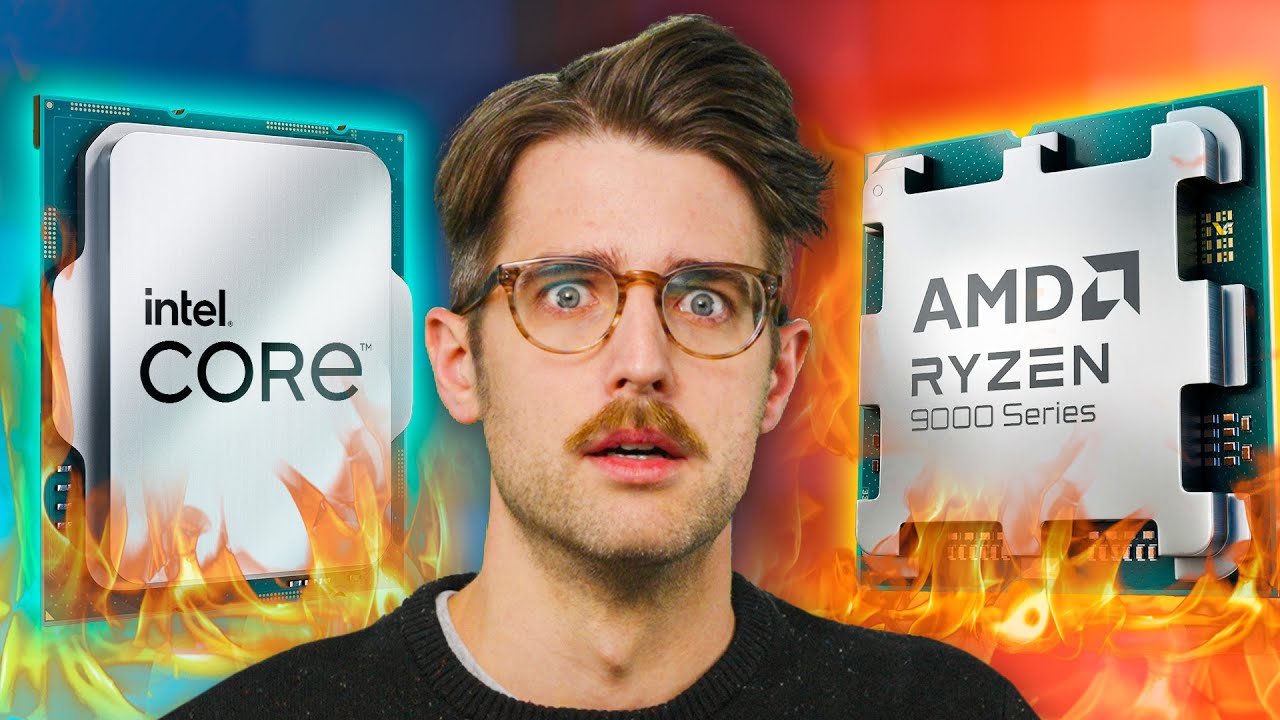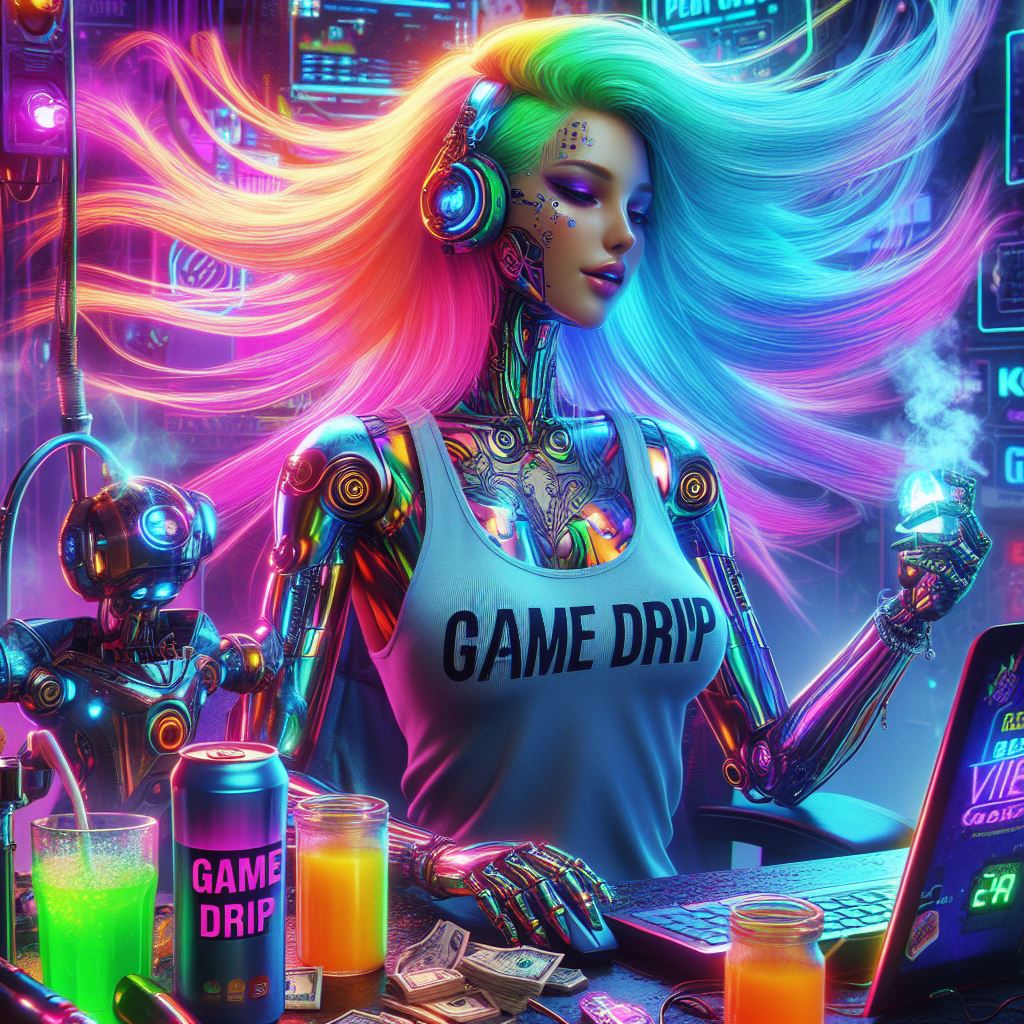Ray Tracing Supercharged!
Feast your eyes upon these light transport simulation algorithms, ray tracers if you will. These algorithms enable the simulation of the path of millions of light rays bouncing in a scene and create absolutely beautiful photorealistic images. However, noise within these simulations has been a persistent issue that affects the overall image quality.
These papers showcase significant advances in rendering techniques, and Dr. Károly Zsolnai-Fehér takes us through a curated collection of innovative research outputs that address noise, enhanced accuracy, and real-time rendering capabilities.
Improvements in Light Transport Simulation
Let’s first delve into the improvements in light transport simulation. The ReSTIR technique, introduced in 2022, exhibits remarkable advancements in reducing noise. Dr. Zsolnai-Fehér illustrates the flawed outcomes of previous algorithms and how the newer techniques offer both substantial noise reduction and enhanced visual accuracy. The better performance position the new technique as a solid step forward in light transport simulations.

Displacement Mapping Advancements
Displacement mapping, an established method for adding detail to 3D geometry, is showcased with astounding new developments. Not only does the new technique enhance efficiency by being faster and requiring significantly less memory, but it also introduces a fractional level of detail parameter to ensure smoother transition and continuous geometry detailing. These advancements offer game developers and virtual world creators a compelling new tool to enrich visual quality while maintaining efficient rendering.
Real-Time Rendering and LuxCoreRender Appeal
The demonstration of a real-time technique that can simulate light transport while utilizing minimal memory highlights the potential for immersive graphical experiences. Furthermore, the discussion of LuxCoreRender, a free, open-source, and advanced renderer, calls for industry-wide support and contributions to further advance the capabilities of this popular system.
Dr. Zsolnai-Fehér also extends an invitation to a free Master-level course on understanding and writing light simulation programs, emphasizing the transformative impact such knowledge can have. This gesture encapsulates the overarching theme of the presented research – a celebration of technological progress and knowledge sharing.
These powerful advancements in rendering techniques will undoubtedly inspire researchers, developers, and enthusiasts within the graphics and gaming industries. As Dr. Zsolnai-Fehér delves into thought-provoking insights and captivating demonstrations, the future of light transport simulations appears promising, and the possibilities for creating visually stunning digital experiences become increasingly boundless.
Overall, the combined efforts showcased in these papers offer a glimpse into the cutting-edge advancements in ray tracing, creating a robust foundation for the continued evolution of rendering technology.
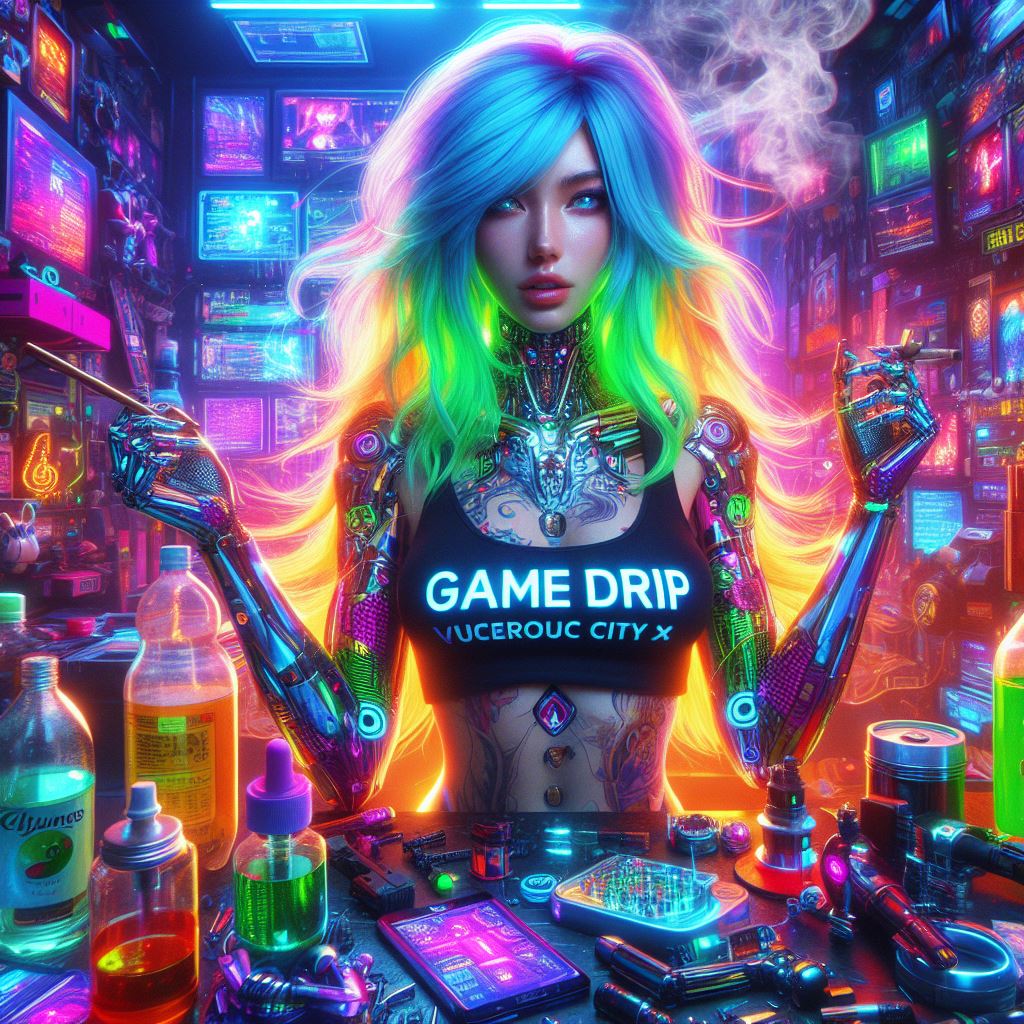
Positive Note: The fervor and optimism displayed throughout this presentation serve as a testimony to the ongoing quest for visual excellence and technological innovation!
